Return To The Chifi Premium – TanchJim Origin IEMs
TanchJim Origin is a $259 USD Chifi IEM with a Revolutionary DMT5 Dynamic Driver at the heart, Guided Deflating Structure for Enhanced Dynamics, and with a Double Composite Strainer for Clarity. Today we will review the Origin and also compare it briefly with other similarly priced IEMS, and how it generally fares in the market.

Introduction
TanchJim is a company that’s popular with the Chifi Enthusiast and audiophiles in general, and although they are sold and fulfilled by most Chifi sale channels, they also put in an honest effort to be genuine. Although this is the first review we make officially about a TanchJim product, I have a feeling we will have many more in the near future.

As an Amazon Influencer, I earn from qualifying purchases, and using the purchase links in my reviews helps me maintain this website and Youtube Channel. Huge thanks to TanchJim for providing us with the sample for this review.
Product Link
Amazon – https://amzn.to/4iI7anO
Aliexpress – https://s.click.aliexpress.com/e/_oC0B9Lx
Build Quality / Aesthetics
It feels a bit awkward to review a TanchJim Origin just days after having reviewed a ThieAudio Origin, but either way, the two are really different. TancJim relies on a single DD Dynamic Driver with a DMT5 Dynamic Driver Diaphragm.

At the heart, it feels like the technical data is not reflected by the actual performance of the IEMs, because they have an impedance of 16 OHMs and SPL of 126 dB, but Origin is really hard to drive, not sensitive to hissing and source noise, and they come with a thin cable 1.25m in length, with a 0.78mm 2-Pin connector. The three replaceable filters can change the sound, all of them have a double compost strainer to filter the sound.

TanchJim class the signature they went for a SuperLinear Curve, and we have an OFC Copper, Silver Plated wire, and T-APB air pressure balancing eartips.
Fit / Subjective Usage
TanchJim Origin looks and feels incredible, it is shiny, polished and just feels high-end when you touch it. This being said, it has a thin cable that does not conduct much microphonic noise, but it can be a bit springy and has a bit of memory wire effect.
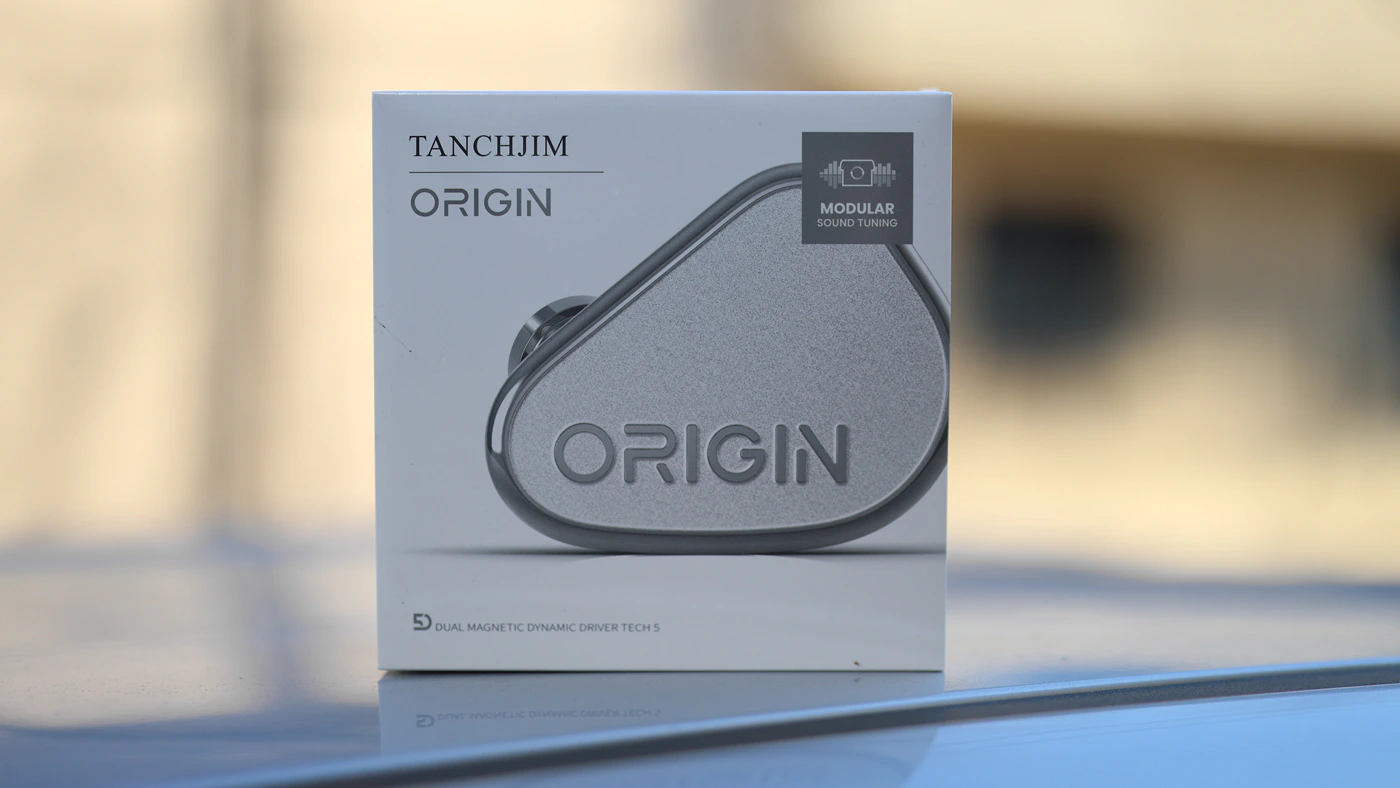
We also have a nice comfort, with heavy metallic shells, they give a cool, refreshing effect for the ear, without feeling itchy or scratchy even after long hours of listening. We’re looking at some large shells though, so Origin is unlikely to work well with smaller ears.
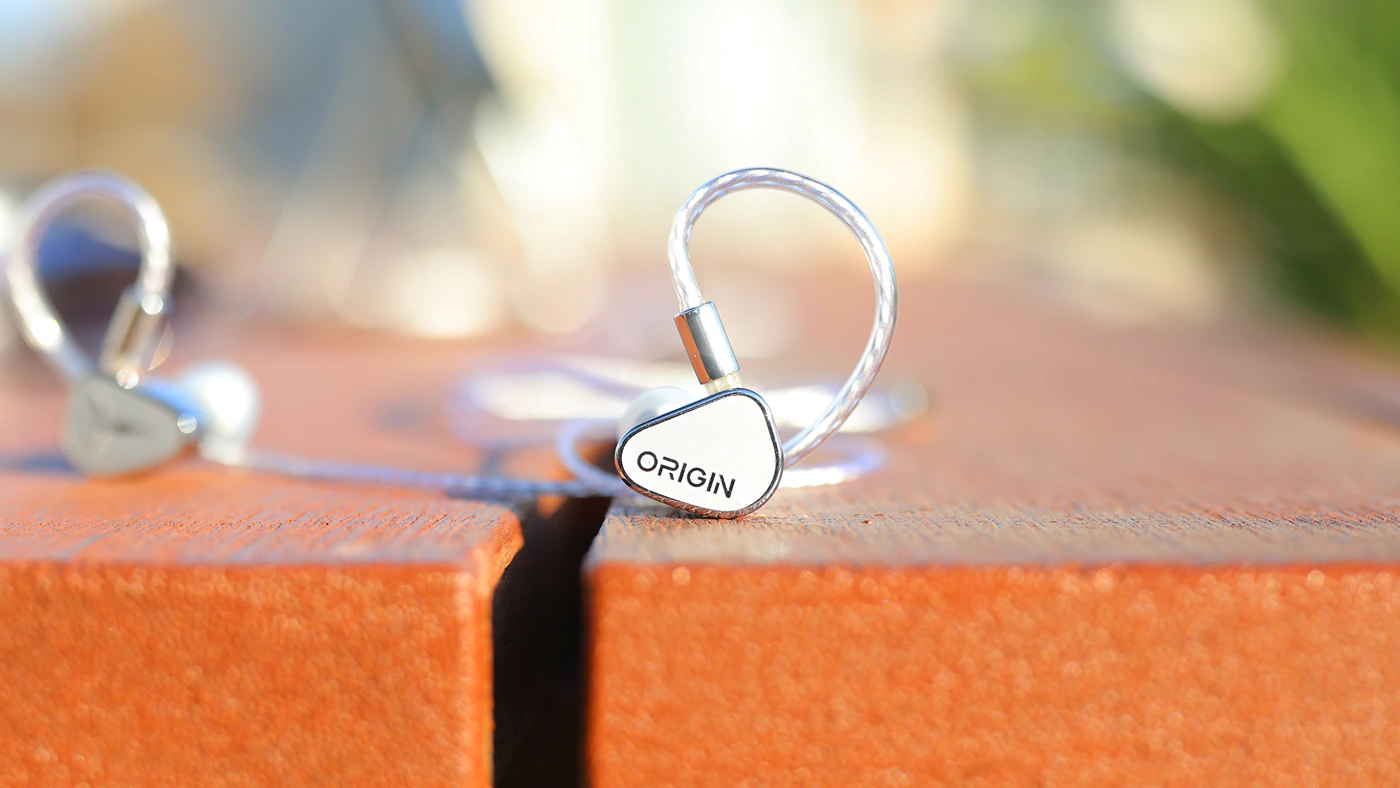
Best part about the subjective usage is that Origin is well made, it feels nice, does not fall out of my ears, and offers a fairly good passive noise isolation, around 20 dB, without void or driver flex. Leakage is on the higher side, thanks to a semi open design, but isolation is excellent for this design.
Sound Quality
Pairings – To test the Origin, I have paired it with a selection of sources, including Rose Technics RT-5000, Shanling EH1, Dethonray Listening M1, Dethonray Clarinet, iBasso DX340, Lotoo PAW GT2, Sparkos Gemini driven by Fosi Audio ZD3, and Singxer SA-1 V2 driven by HIFIMAN EF500. TanchJim Origin is actually hard to drive, not very sensitive to source noise, and it does not respond much to an increase in source quality. You can expect to hear zero noise with virtually any source out there.

Overall Signature – We just reviewed the Thieaudio Origin, which was the Origin of Bass, but the TanchJim Origin is a natural, slightly soft in the voice, balanced sounding IEM with a clean, natural sound, good extension in the treble, a natural towards warm amount of bass, and with a musical presentation.

It is perfect for most music if you don’t want to ever feel fatigue from listening, it is pleasing and balanced, with a strong resolution and clarity for this kind of signature. This signature works much better for Slow Rock, Pop, Electronic than it does for metal, aggressive stuff and generally it is not a technical IEM and will not pair well with technical death metal, but will pair really well with Jazz, Classical and the slower styles.

Although there are sonic filters included in the package, the damping effect they have still will showcase the same signature I describe here, and I generally review an IEM with the most transparent filter, as usually adding damping acoustic filtering will reduce the technical performance.

Bass – Starting from the low-end, most of the bass energy is between 40 Hz and 80 Hz, with a special warmth and volume to music, although it is not a bassy sounding IEM. Bass has warmth and works well for older rock, progressive styles, it has a pleasing, rounded presentation with a slow decay, good impact, but focus is on musicality and creating a groovy presentation for all music. As I listen to a bit more aggressive metal, for me, the bass feels a bit relaxed and laid back, but warm and large. A bit similar to the Sweear He-N7PRO that we’ve just reviewed.
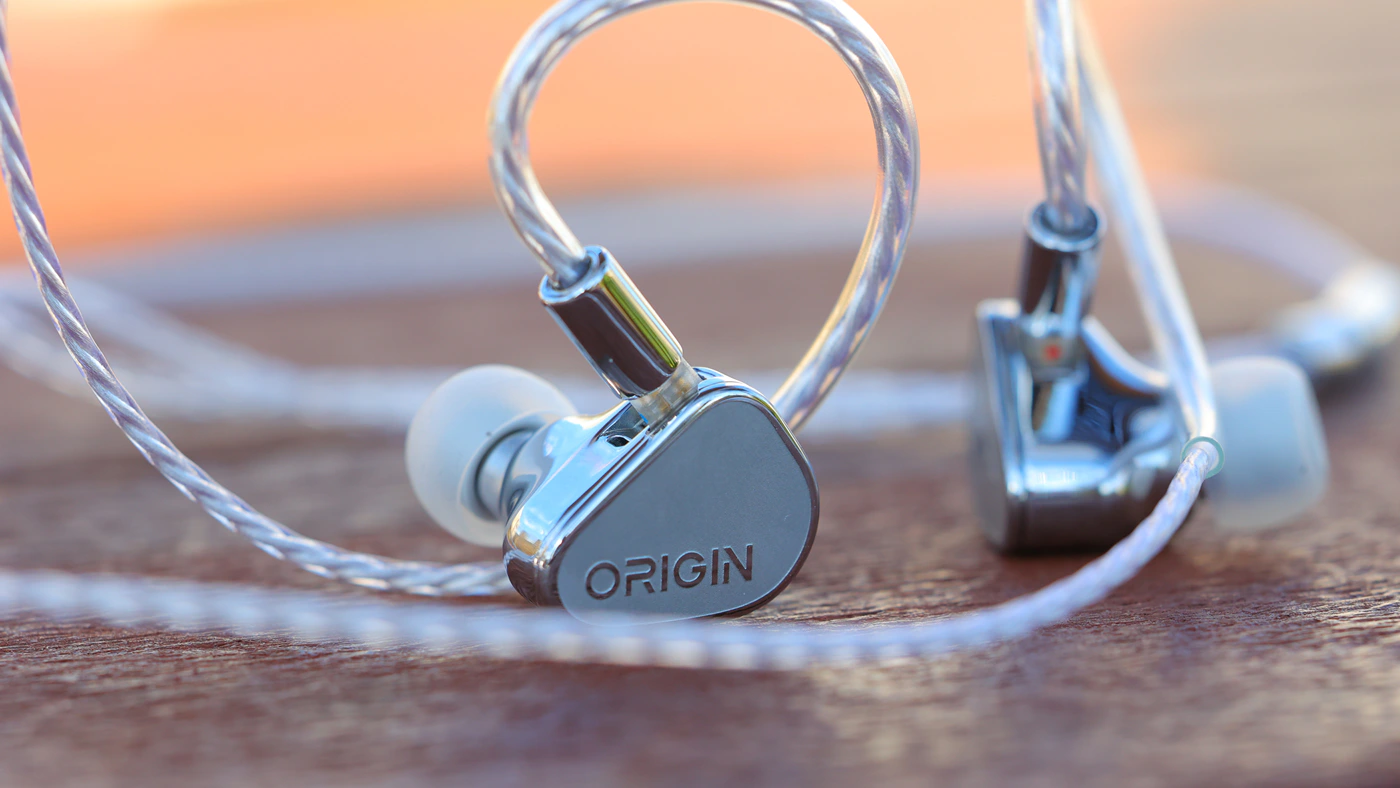
Midrange – We have one of the sweetest, more musical, softer and less aggressive midrange presentations, one which emphasizes both male and female voices, but takes away the grain and harshness from guitars and more aggressive instruments. It is pleasing, nice and smooth, feeling really nice for jazz, old and slow rock, shoegaze, doom metal, and just slower music in general. I really like how it can give sweetness and a nice happy undertone to female voices, making it perfect for J-Rock and J-Pop.

Treble – We get a nice extension up to about 14 kHz, above which we have a gentle and slow roll-off, but with a non-aggressive, relaxed presentation. While this makes the Origin a bit less technical and more on the softer edge of things, it also makes it really easy on the ears and fun to listen to for longer periods of time. I like how it works, once again, for Classical, Jazz, Old Rock and Slow Rock, even Pop and EDM.
PRaT / Textures / Dynamic – A bit part of the signature is being supported by the slightly waxy, relaxed textures, slower and relaxed dynamics and a PRaT that does not show attack a lot, but has a long, decay, and this results in a laid-back, relaxed sound that is easy to enjoy and pleasing to the ear with all music styles.

Volume Control – Happily, here we see how a pricier, high-quality Chifi differs from an affordable counterpart, as Origin has a huge headroom, sounds very similar at all volumes, and although the main signature changes slightly, to becoming more mature and refined at a higher volume, they are enjoyable at all volume levels with very similar technical performance and overall signature.
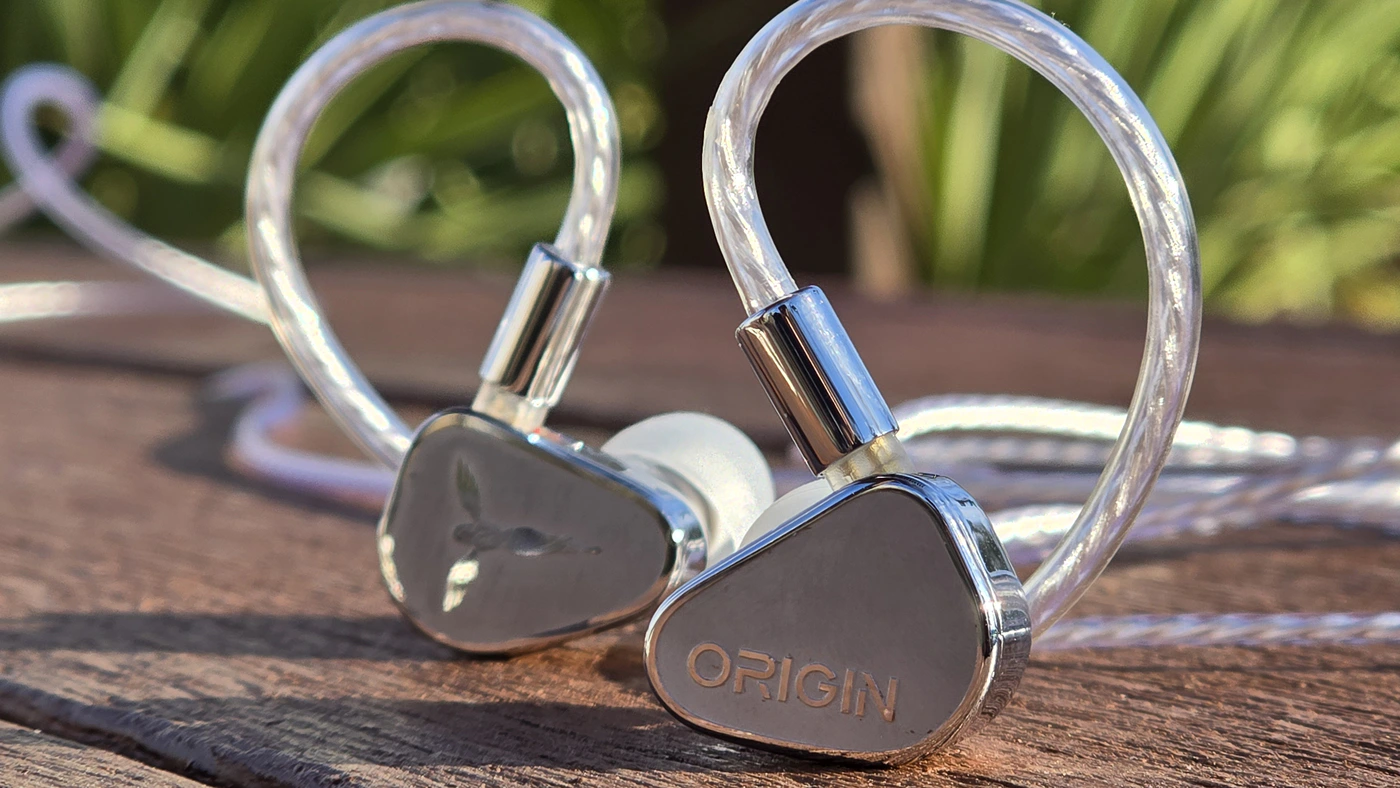
Soundstage – With a laid-back and relaxed tuning, generally you get a more intimate soundstage, and this is the case with Origin too, it has a laid-back, relaxed and somewhat personal presentation, bringing the voice of the lead vocal to you, giving all music a warm glow. Instruments get a good separation, layering is good, but it is not a technical performer, so most sound will be musically cohesive and nice, without a surgical or analytical presentation.
Value and Conclusion
TanchJim went in a different direction than most Chifi companies, and instead of being promoted and marketed, referenced and pushed only by Linsoul or other shops, they have their own PR, their own sale channels, being a standalone company. With this, they have their own tuning, and feel high-quality, and in a busy market, they offer a uniquely nicely made pair of IEMS, with a musical, refined sound, which is hard to find in this price range. If you’re a ChiFi addict who mainly seeks resolution and clarity, you might feel that Origin is not technical enough, but if you’re looking for a refined, mature tuning that reminds me a lot of the mighty Beyerdynamic Xelento, but with a better resolution, and a higher transparency, TanchJim Origin will deliver on that really well.

At the end of the day, the signature presented by TanchJim Origin is not my main signature, it is a laid-back, relaxed and smooth / gentle one that I only go for when I enjoy some classical, jazz, old rock and slow rock tracks, but I can appreciate how it nicely beats the market for a lower price, and how for Electro Swing, Ethnic, Old Rock and generally more mature music, it cannot be beat. If you want a solid pair of IEMS, with a high-end package, and a laid-back, relaxed sound, TanchJim Origin delivers on this really well.
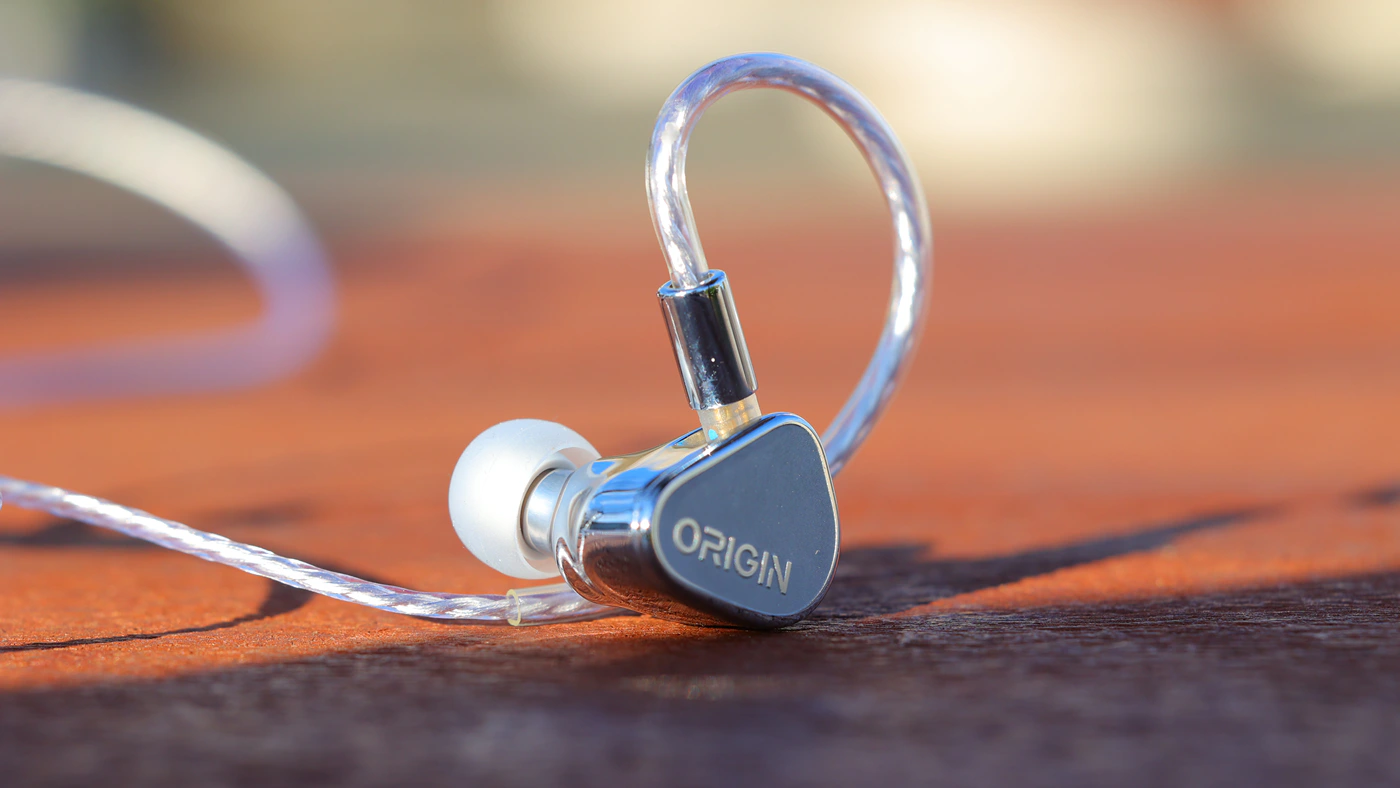
PROs
- Full metallic build and high-end manufacturing process with no errors
- Nice comfort for larger ears, smooth surface
- Thin and lightweight cable
- No Driver flex and no void
- Strong passive noise isolation
- Intimate, gentle, laid-back sound
- Warm and airy
- Extension is excellent both ways
- Overall excellent price / performance ratio despite the unusual signature they go for
- Outstanding package
Cons
- Heavy and large IEM shells
- Springy cable
- No balanced cable
- Fairly high leakage
- Not the most technical presentation
- Sonic filters will cut on resolution a bit, use default for the best resolution
Product Link
Amazon – https://amzn.to/4iI7anO
Aliexpress – https://s.click.aliexpress.com/e/_oC0B9Lx
--- Please remember to stay safe, and always have fun while listening to music!---
- If you have a dime to spare, please donate, and help us! It would make the day brighter for me and my wife-
Full Playlist used for this review
We listened to more songs than those named in this playlist, but those are excellent for identifying a sonic signature. I recommend trying most of the songs from this playlist, especially if you’re searching for new music! The playlists are different for Spotify, Tidal and Youtube, and based on the songs I enjoy and are available on each!
https://www.youtube.com/playlist?list=PL_cjBXGmwSHSdGcwuc_bKbBDGHL4QvYBu
https://open.spotify.com/playlist/5J3oloz8Riy9LxEGenOjQ0?si=979ba4f082414be7
https://tidal.com/browse/playlist/330fd544-8e5b-4839-bd35-676b2edbb3d5
--- Contact Us ---





